Facebook Messenger
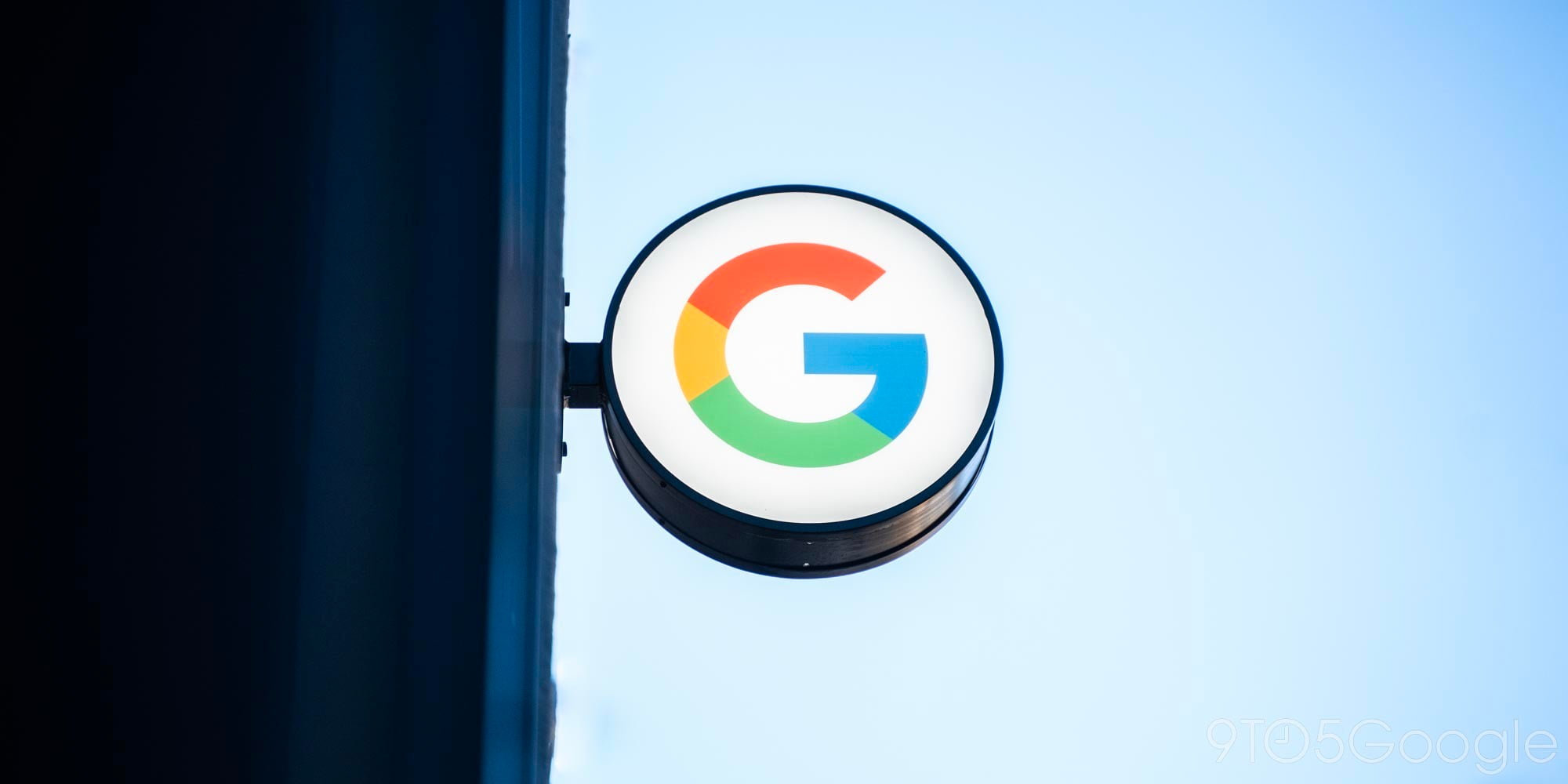
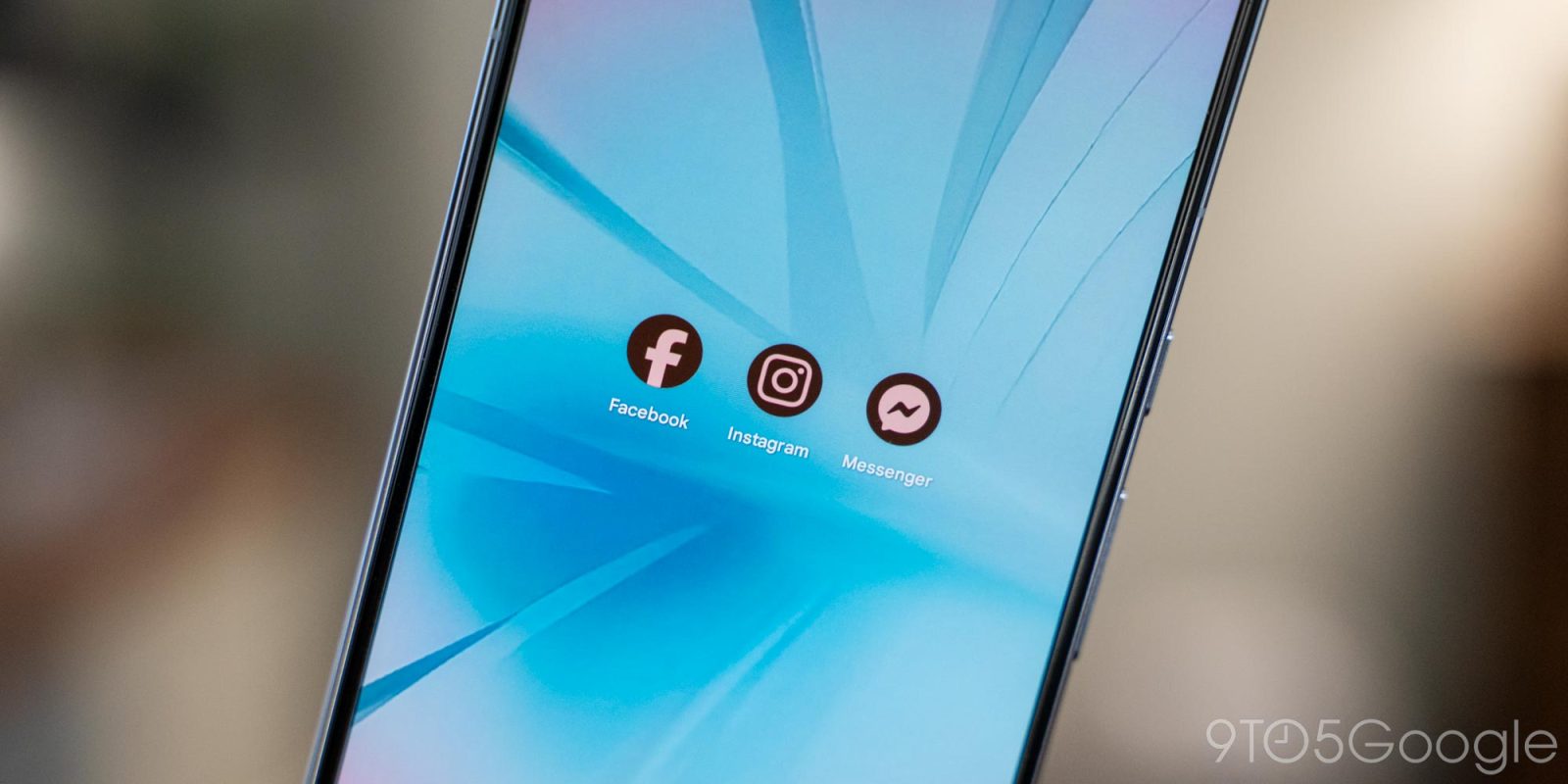
Meta is beginning the process of disconnecting the ability to have “cross-app chats” with your Instagram contacts via Facebook Messenger and vice-versa.
Expand Expanding Close
Messenger Lite was announced in October of 2016 and aimed at less-powerful Android devices. It eventually became available for all phones, but Meta is now killing Messenger Lite in September.
Expand Expanding Close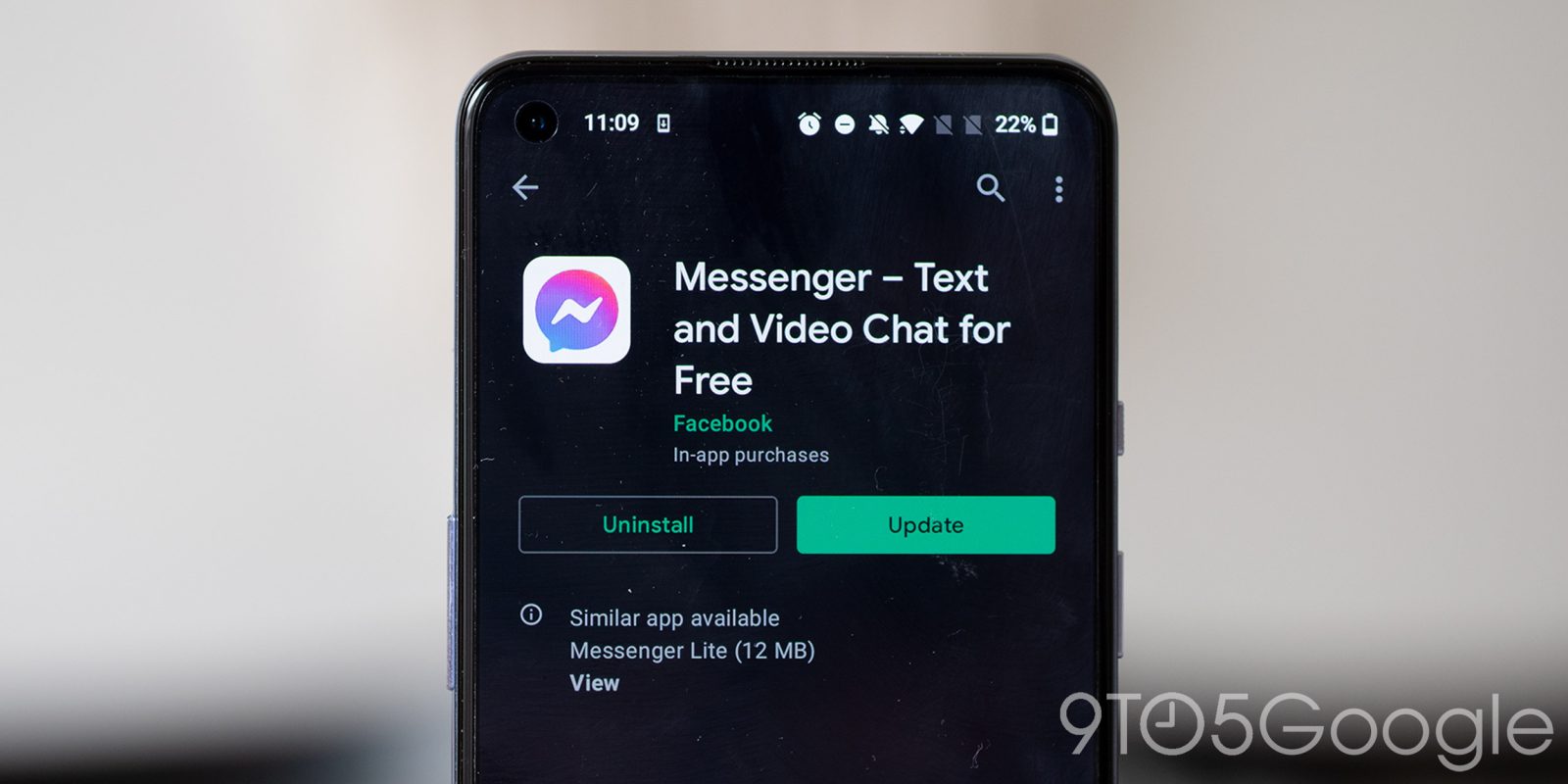
Since 2016, you have been able to use Facebook/Meta’s Messenger as an SMS app on Android. That integration is now set to go away next month.
Expand Expanding Close
Facebook Messenger has become only the third non-Google app to reach the 5 billion download milestone on the Google Play Store.
Expand Expanding Close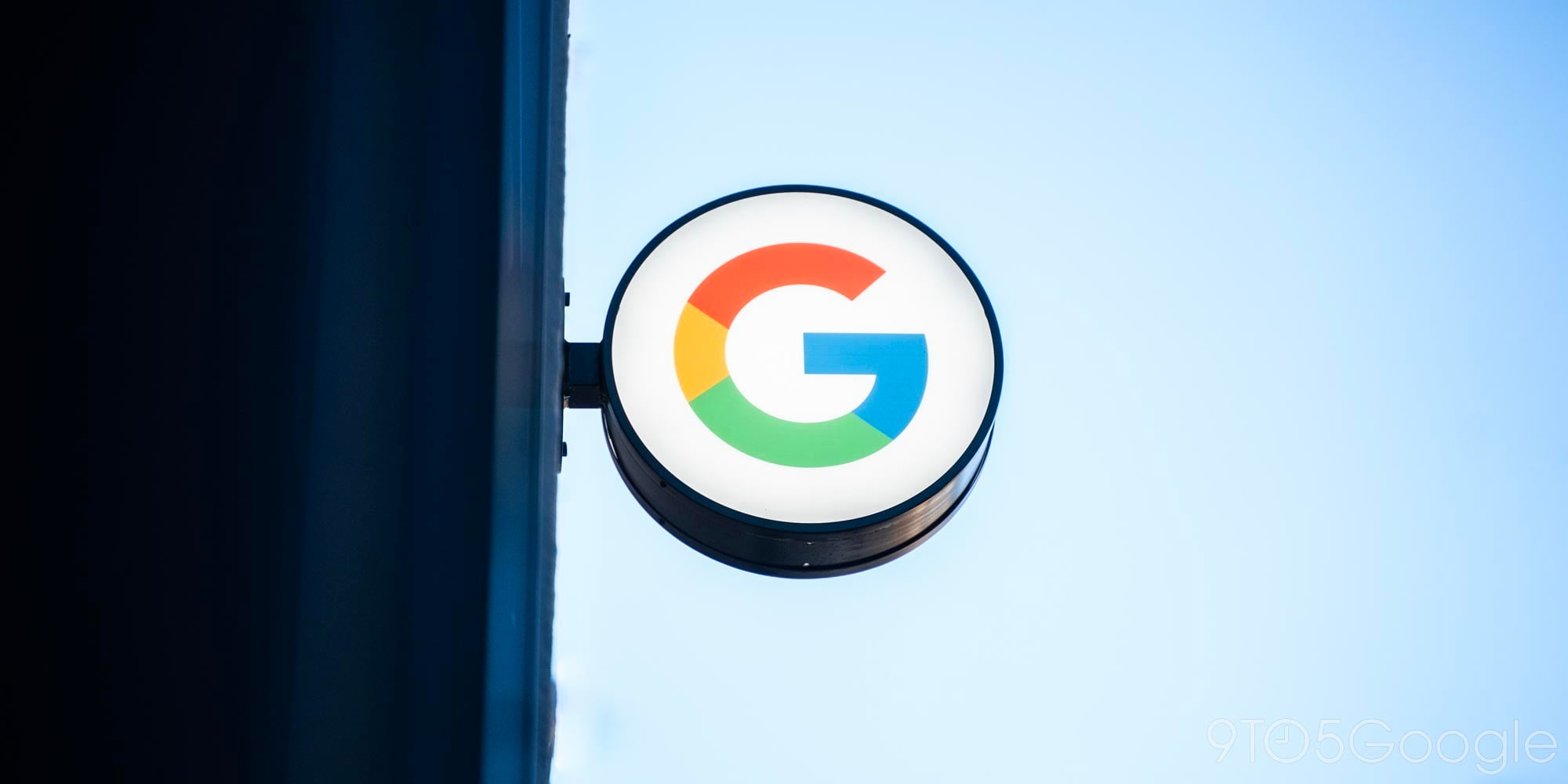
Instagram’s direct messages are a useful way to have a quick conversation through the social network, but today they’re getting a major change. Facebook Messenger is taking over Instagram DMs.
Expand Expanding Close
One big focus of Android 11 is making the mobile operating system more people-centric. Messaging is a big part of this and Google today detailed how Twitter and Facebook Messenger are working to implement new features like Bubbles in Android 11.

Last year, Facebook introduced “Messenger Lite” for low-powered Android devices in emerging markets where connectivity is slower. Given the feature creep on the main client, the Lite version is often prefered, with many sideloading it. Facebook has now decided to officially make the app available in the US and other Western markets.
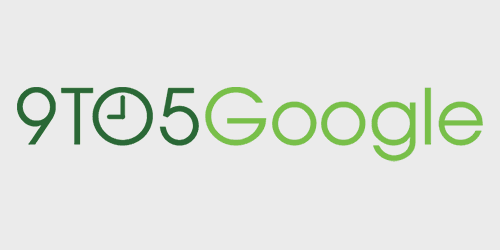

GIFs are commonplace in our conversations today, and messaging apps are constantly taking advantage of them and making it easier to insert them into a conversation. Facebook Messenger added native support for GIF search last year, and now it’s adding further support for GIFs on Android by taking advantage of Gboard’s built-in search feature…



Facebook messenger’s newest feature is called Group Video Chat. With it, you can now start a video conference with up to 50 of your closest friends. As fun as it would be to try to communicate with 50 people over video, though, only six of the people in the call will be able to display their video feed…

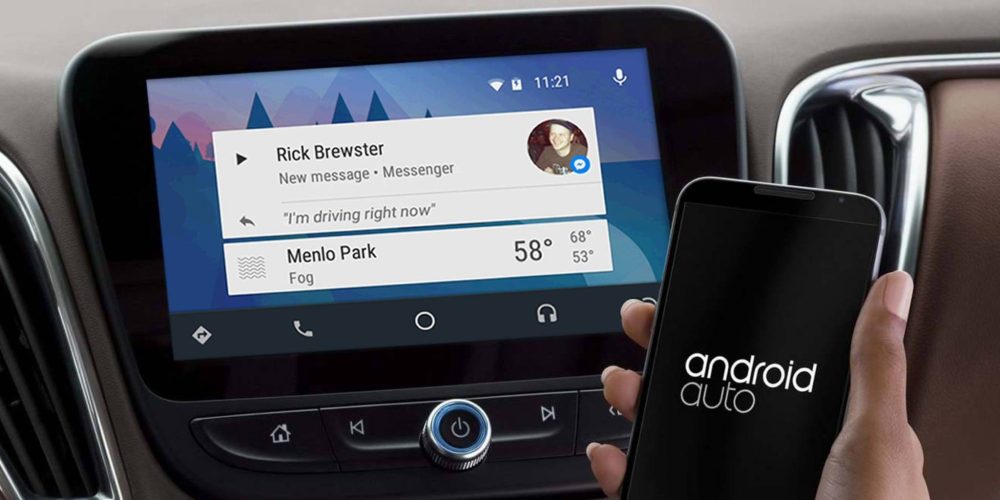
Following a major update to Android Auto last week, there is now a growing ecosystem for the car dashboard OS. Facebook is the latest partner by adding Auto integration into the Messenger app with drivers being able to easily and safely message while on the road.

Android is the most popular mobile operating system in the world, but that means it powers more underpowered devices than any other. Especially in the developing world, there are huge numbers of people who prefer — and need — less-capable, lightweight, and not-data-hungry versions of the apps that many of us take for granted.
That’s why Facebook today launched Messenger Lite, a basic version of Facebook Messenger made for those with Android devices more than a few years old (or with less capable specs)…

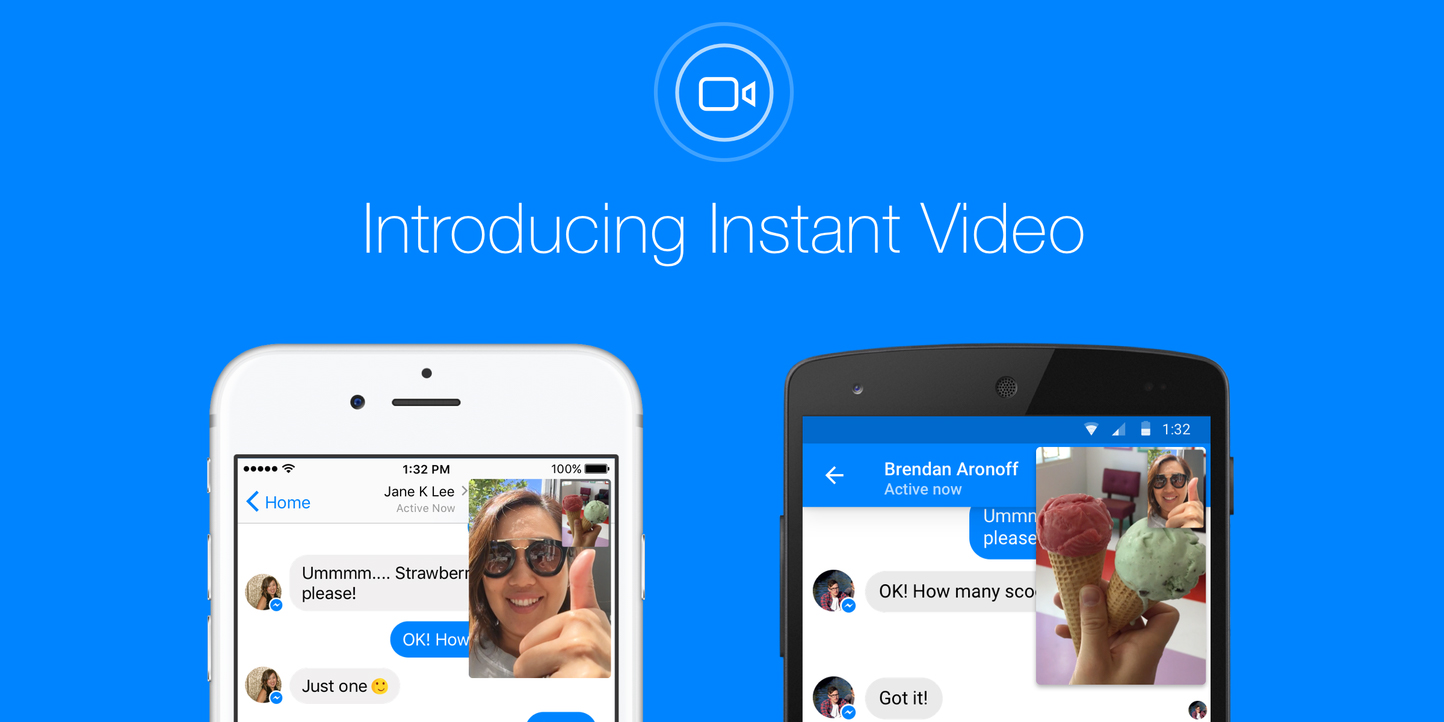
Facebook has been trying to make its Messenger application the one app on your phone for all your communication needs. This includes having the ability to set it as your default SMS app, removing the need to even have a Facebook account, and adding end-to-end encryption to all chats. Today, Messenger is adding a new feature called Instant video so that users can make video calls to their friends and family.
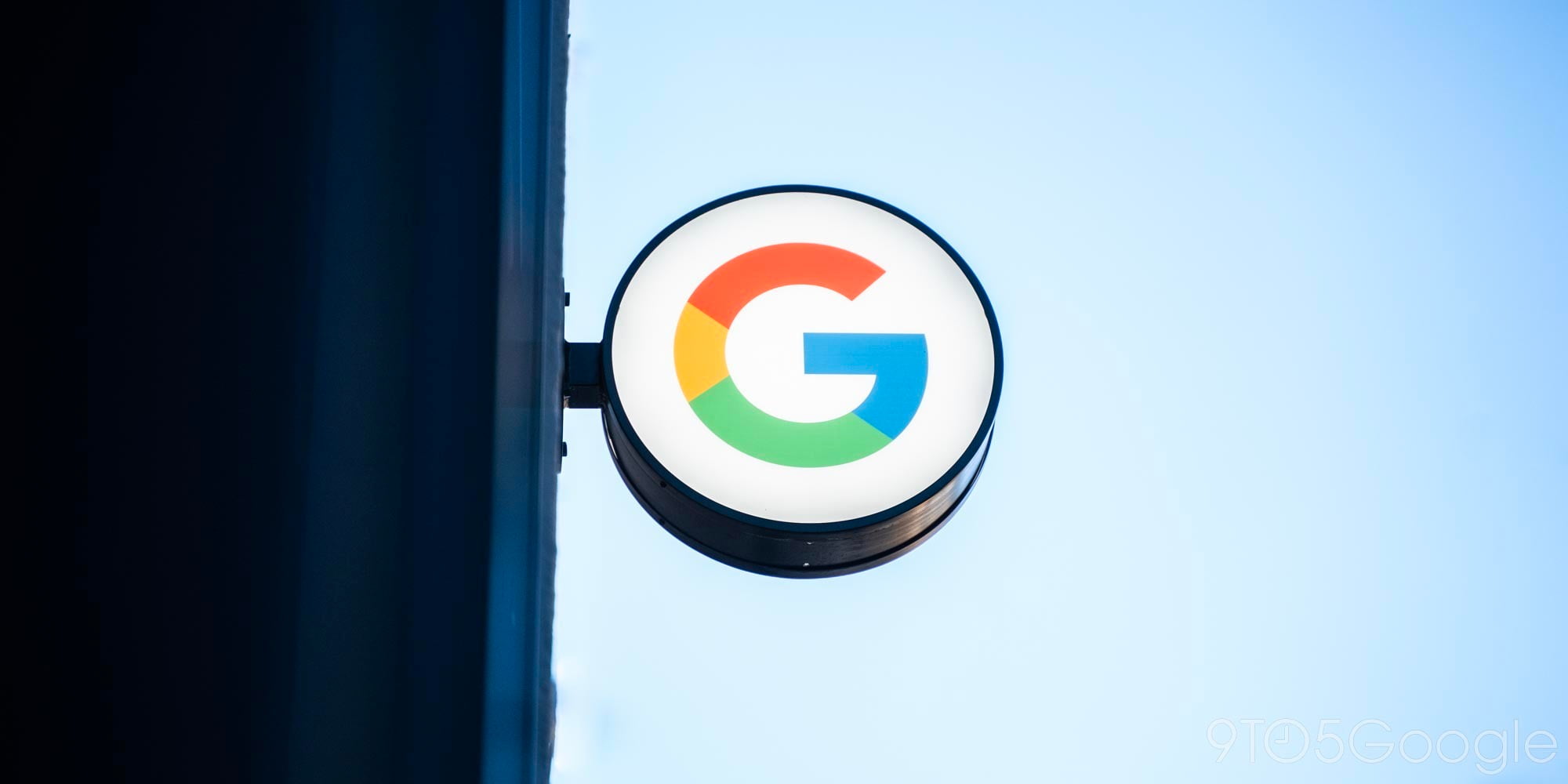
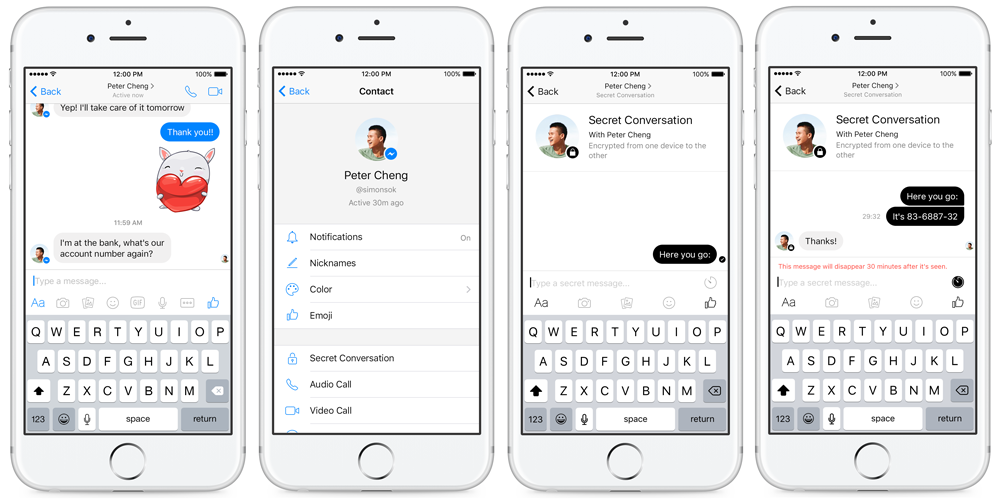
Facebook Messenger is the latest app to adopt end-to-end encryption for its chats, ensuring that conversations cannot be accessed even by Facebook. It’s just in testing so far, but the company says that it will be made available more widely in the course of the summer.
We are starting to test the ability to create one-to-one secret conversations in Messenger that will be end-to-end encrypted and which can only be read on one device of the person you’re communicating with. That means the messages are intended just for you and the other person — not anyone else, including us.
While Apple uses end-to-end encryption as standard for both iMessages and FaceTime, and WhatsApp followed suit in April, Facebook is taking a slightly different approach …


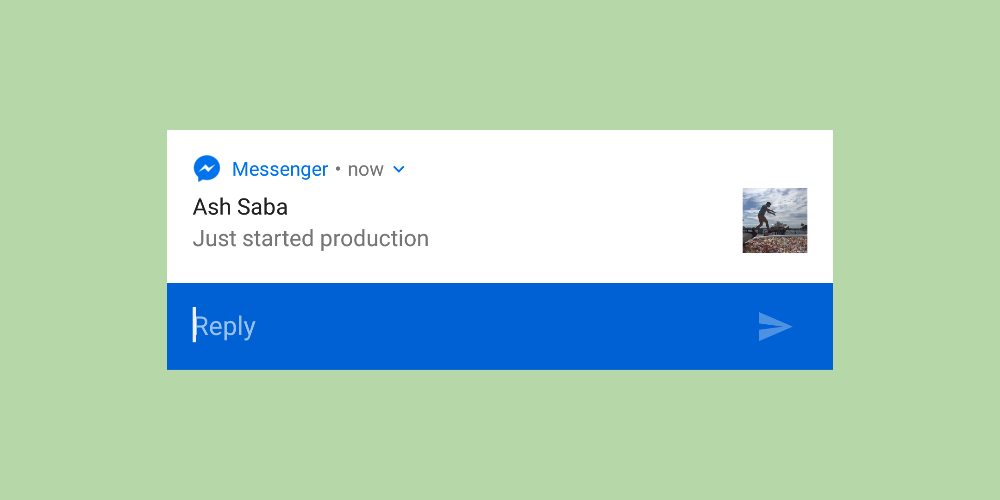
Introduced in Android N, Direct Reply allows users to respond to messaging apps right from the notification shade without needing to first jump into an app. Following Google Messenger and Hangouts, Facebook is testing the convenient feature in a beta version of Messenger.

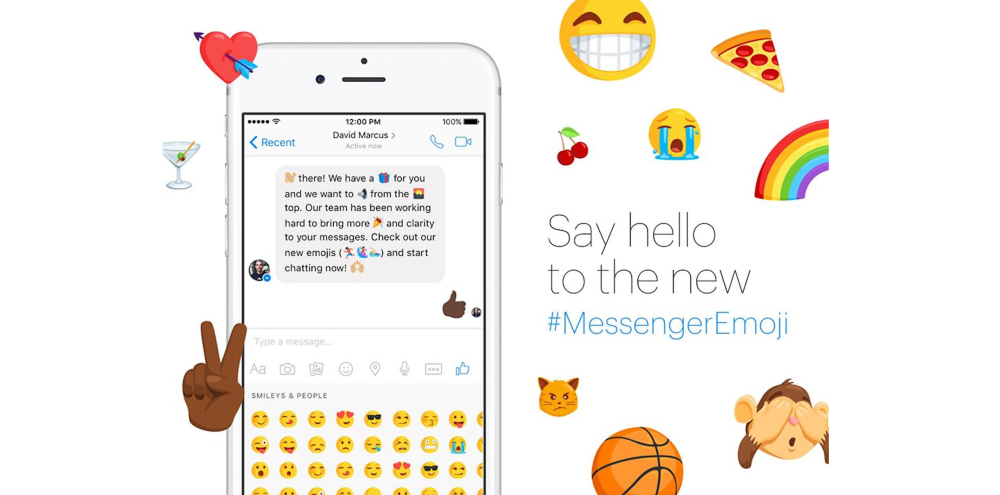
Facebook announced today that it is adding over 1,500 new emoji to Facebook Messenger. The company made the announcement on the Messenger Facebook page, explaining that the new emoji bring a lot more diversity to the service.

Facebook held its annual F8 developer’s conference today that laid out the foundation for what the company plans to accomplish as far out as the next ten years. Today’s keynote presentation focused more on what the next year at Facebook and its products would look like for customers. Putting a heavy emphasis on Messenger and Facebook Live, it’s fair to say that you’ll be seeing a lot of these changes coming to mobile very soon.
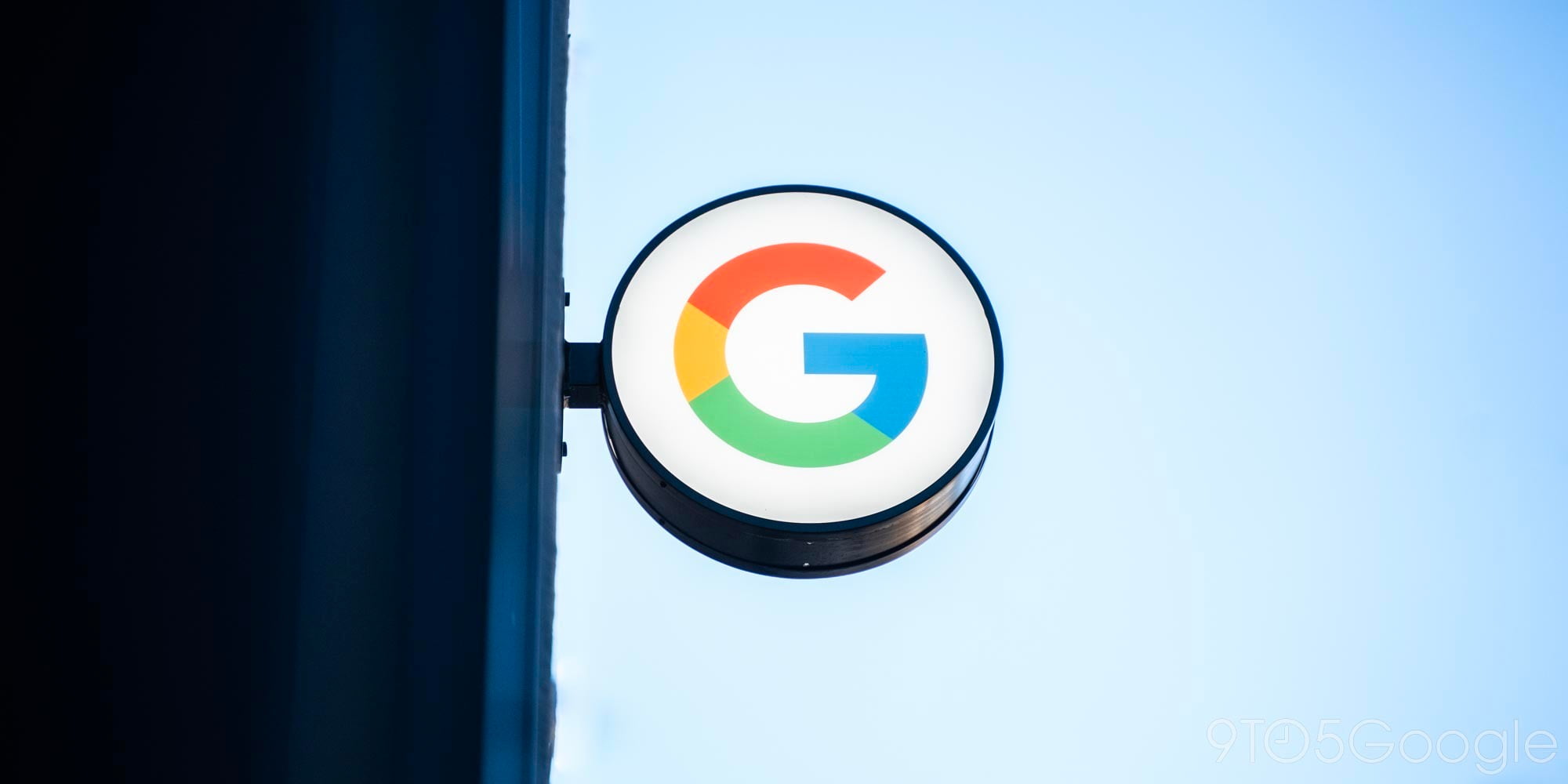
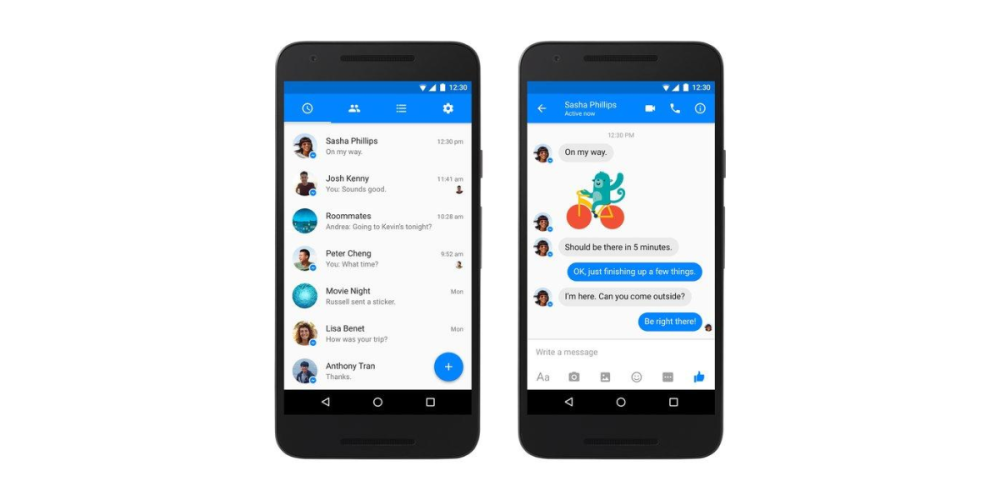
After many months of A/B testing, Facebook is finally releasing an update for Messenger featuring Material Design to all users today. The final version that is coming out to phones today features a blue top bar and a floating action button, along with other visual tweaks.

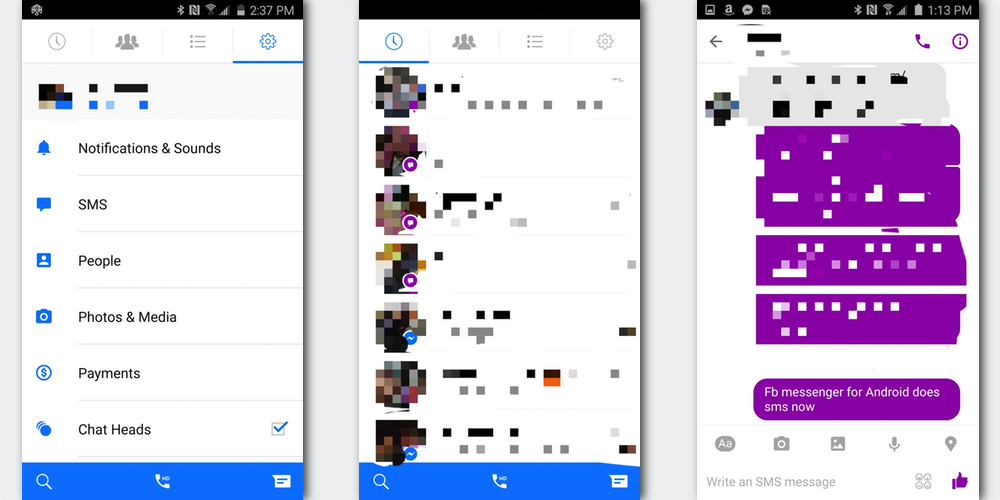
Facebook has been busy testing new versions of its Material-inspired Messenger in recent weeks. Three weeks ago, the Material Design refresh started showing up for a handful of users with an account-switching feature and new FAB (floating action button), while others last week reported a fresh new blue lick of paint.
More recently than that, it seems some Messenger users are seeing the inclusion of a new feature. Or rather, the return of an old, discontinued feature.
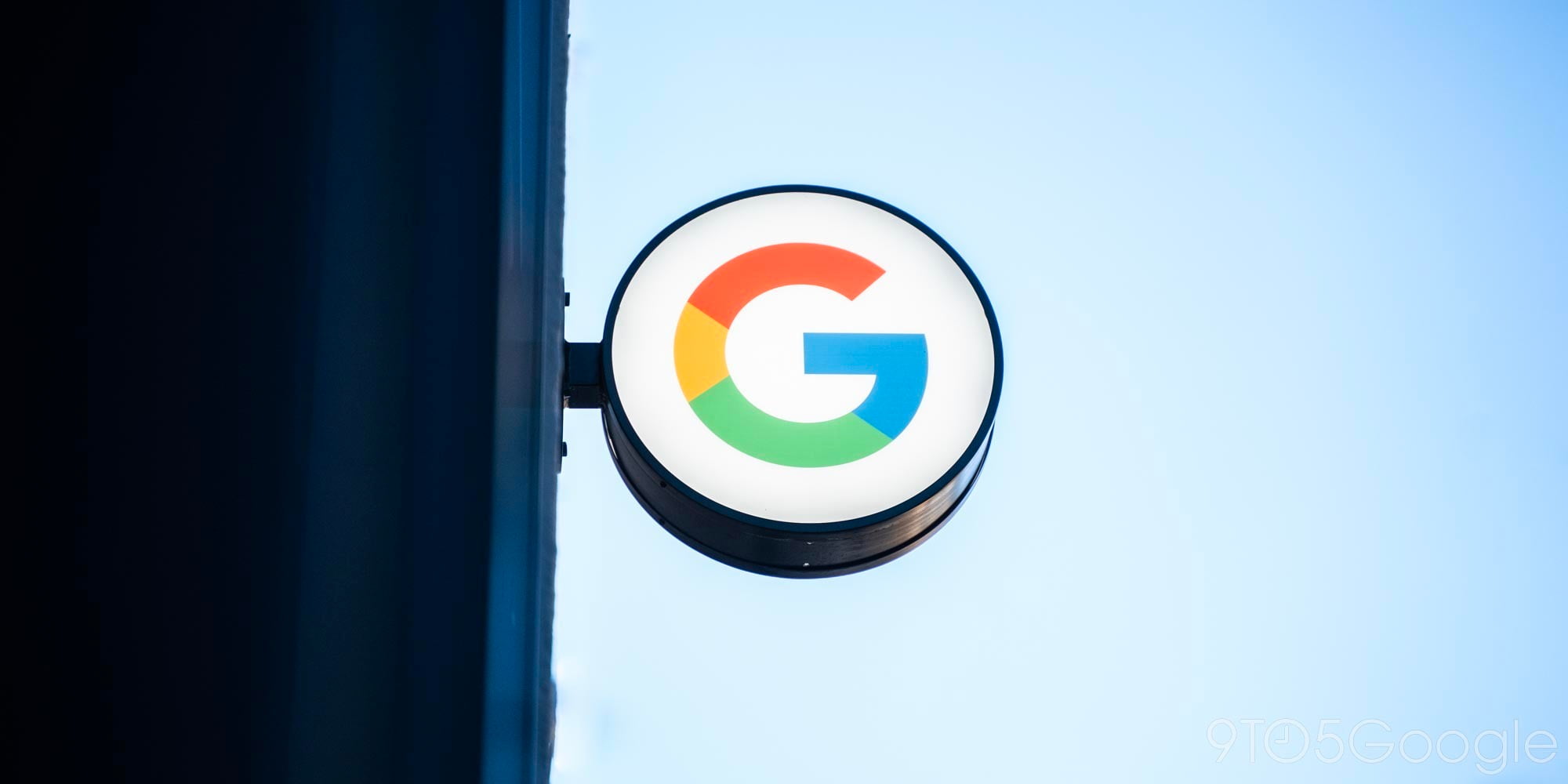
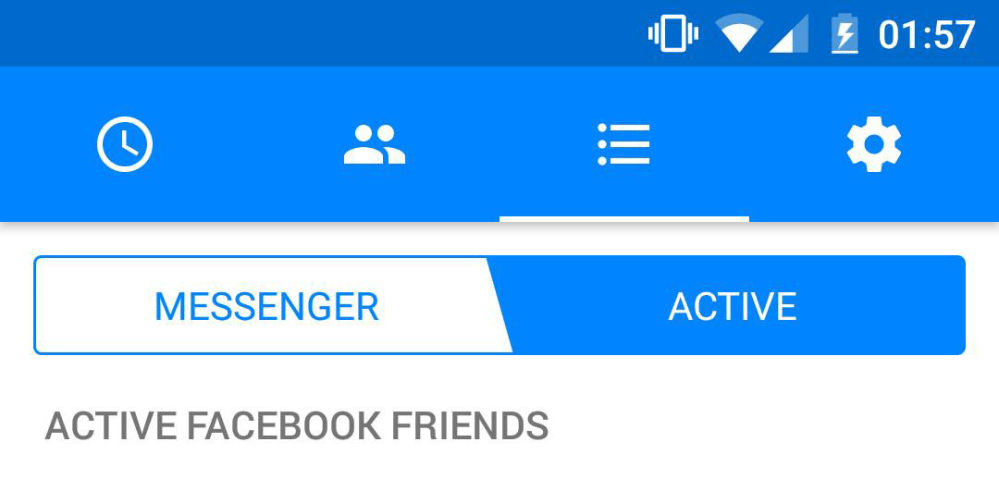
Facebook loves to A/B test new features and interfaces with a small and random subset of users before a full rollout. A few weeks ago the company began testing a Material Design refresh for Messenger. Some users are now seeing a new variant that sports a blue action and top bar.

Facebook is testing a minor Material Design-inspired refresh for its messaging app, Messenger. The addition of the floating action button (FAB) is the biggest and most notable change, but there are some other minor design tweaks and a new feature that allows multiple user sign-ins.

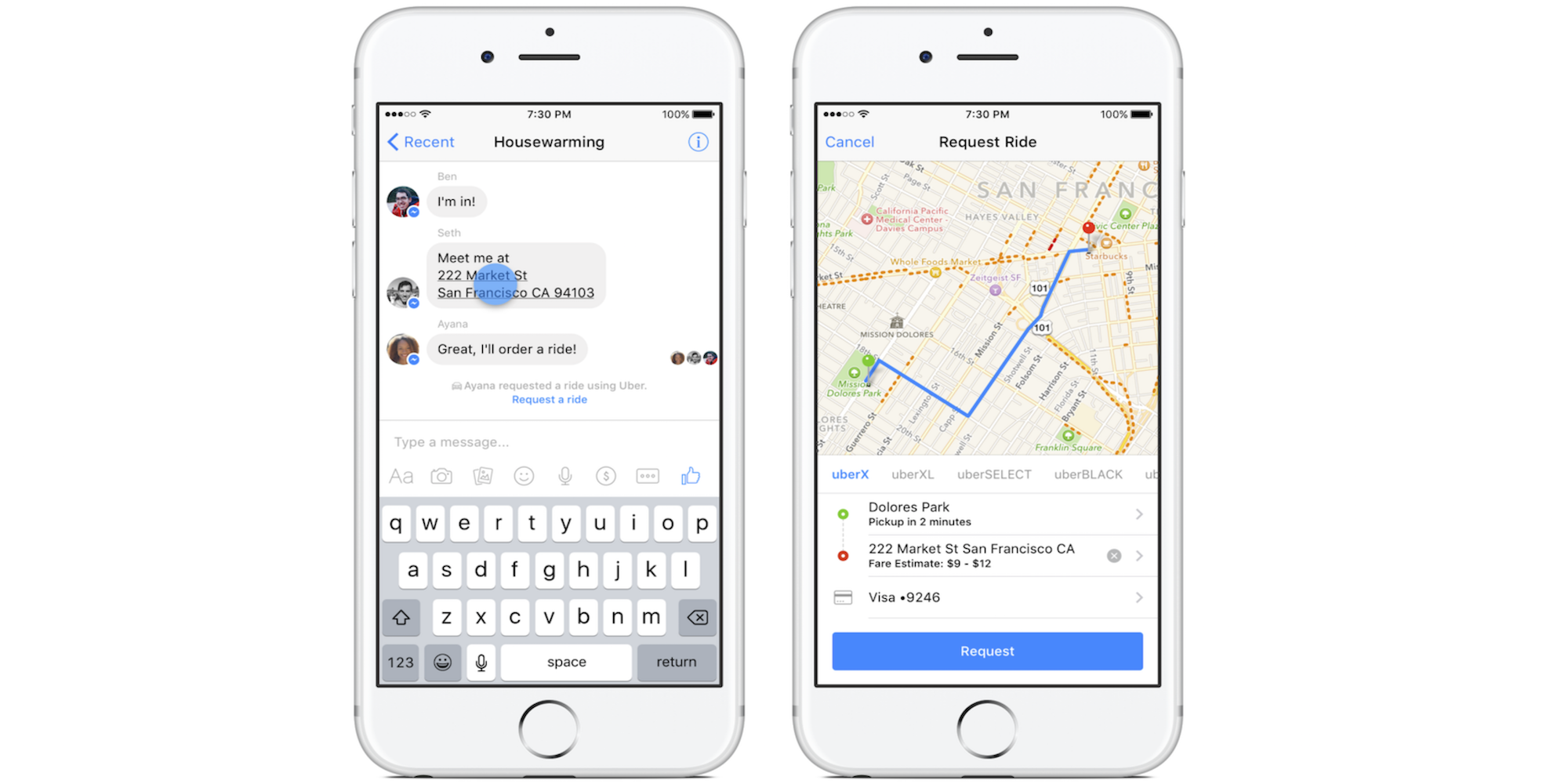
Facebook today announced it’s rolling out a new feature for its Messenger chat app that will let users book a car through Uber. The feature, it said, expands on other “integrations” it’s added recently outside of the app’s core chat functionality, like the ability to send money or use the app for customer support.

LinkedIn, the popular social network for connecting business people, has announced that its messaging experience is getting a serious design overhaul from today. Unlike the previous inbox, messages will no longer follow a traditional email format. Instead, it’s turned towards a messaging app design similar to Facebook Messenger.
LinkedIn has built everything from scratch, from the ground up with a cleaner, streamlined look with a brand new chat-style user interface. You can chat with contacts individually or send group messages, and conversations are organized around the people who are important to you. What’s more, you’ll be able to send documents, images, stickers, emojis and GIFs in your messages.
Starting today, we are rolling out a new messaging experience on LinkedIn that offers an easier and more lightweight way to have professional conversations with your connections. We know many of you have been asking for this ability and we’ve taken a thoughtful approach to reflect the evolving ways professionals are communicating with one another today, as well as, the different ways our members are interacting with each other across our international markets.
From today, the new messaging experience will by rolling out to English-speaking LinkedIn members across the globe on iOS, Android and on the web. If you have LinkedIn installed on your Android smartphone, check the Play Store for updates and you should find one waiting for you over the coming days or weeks.